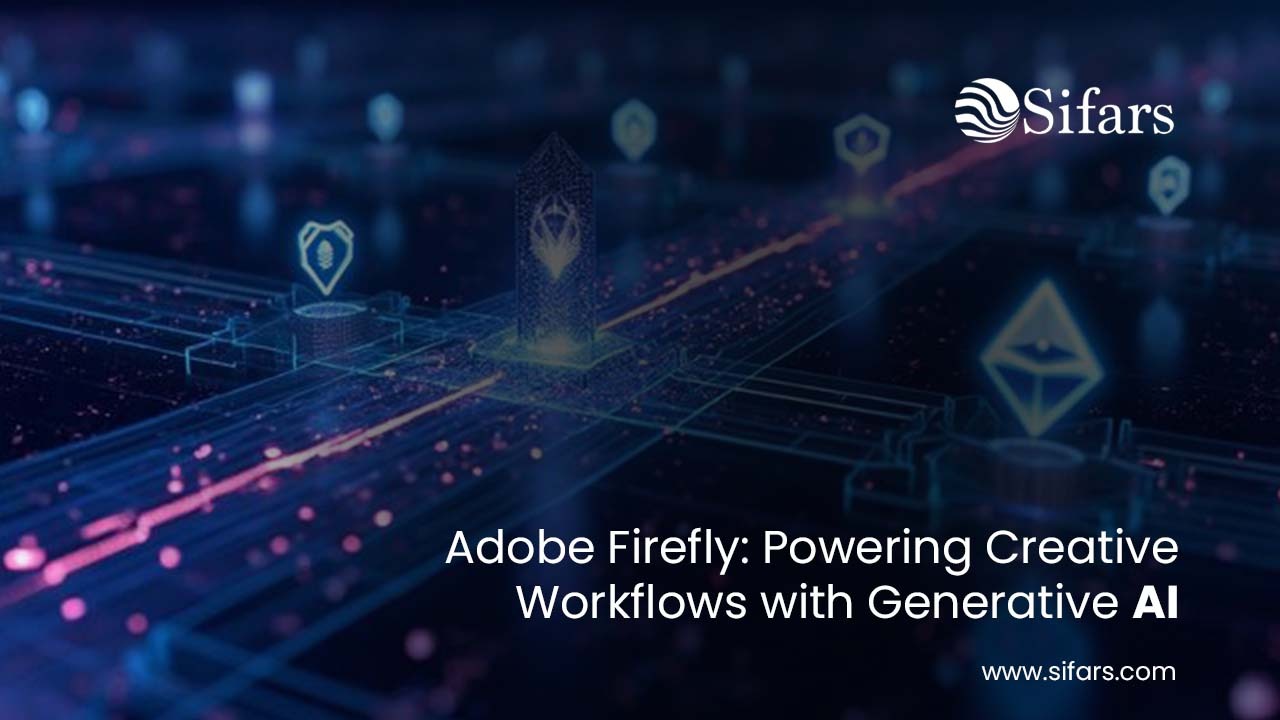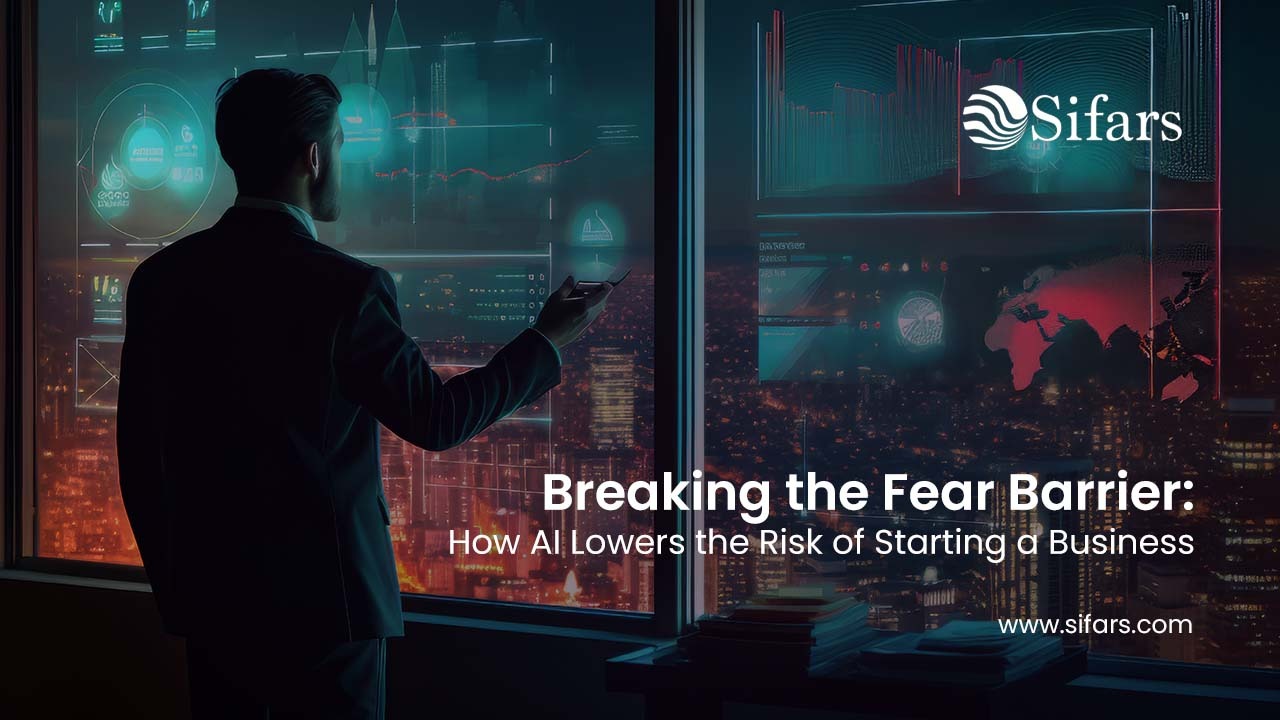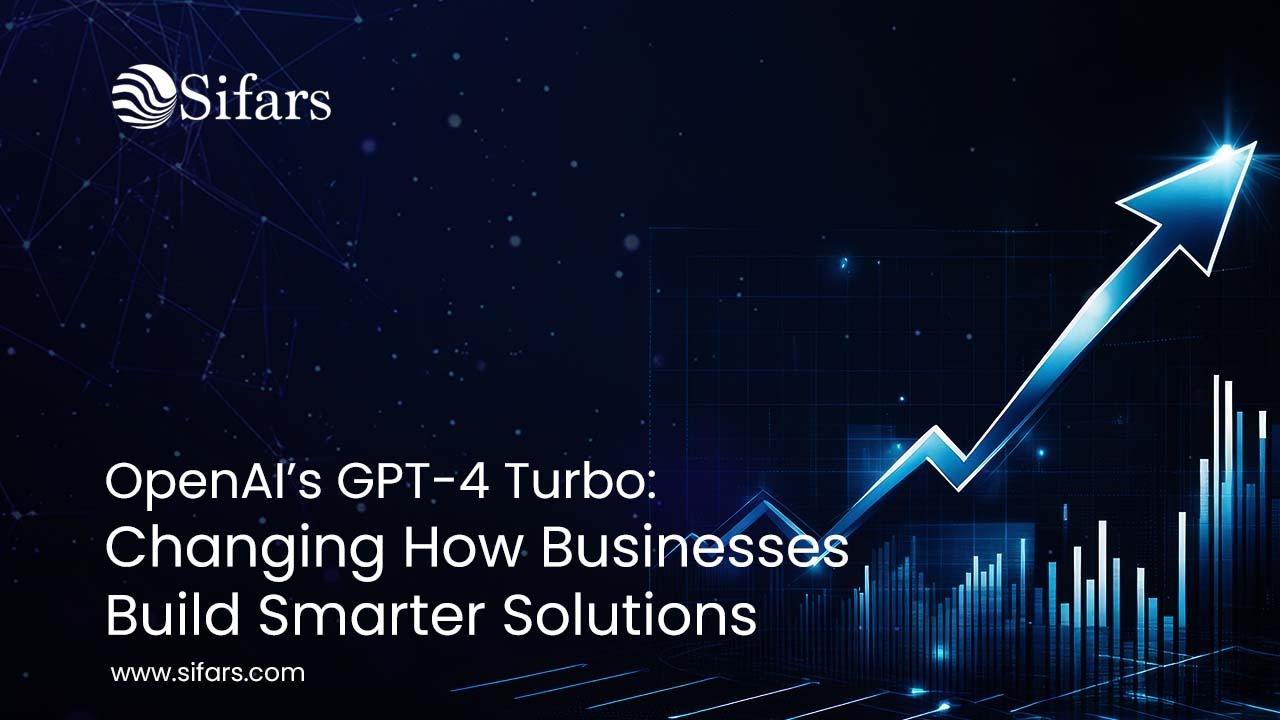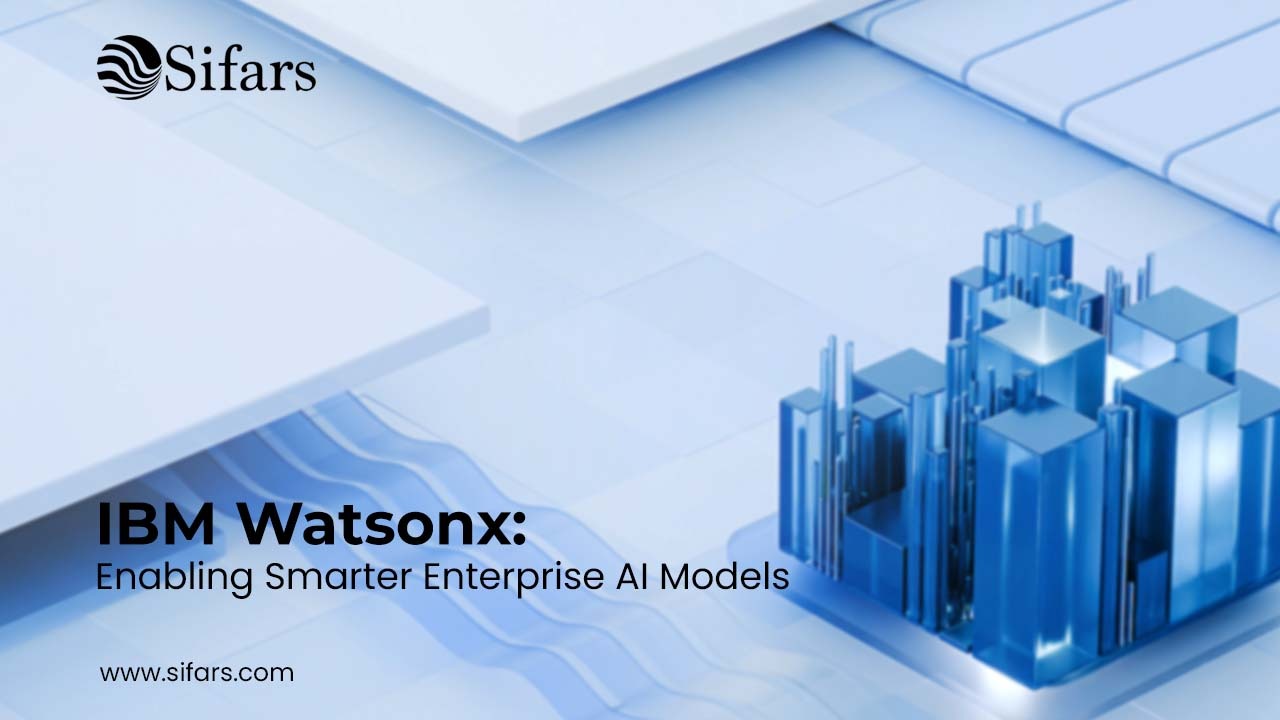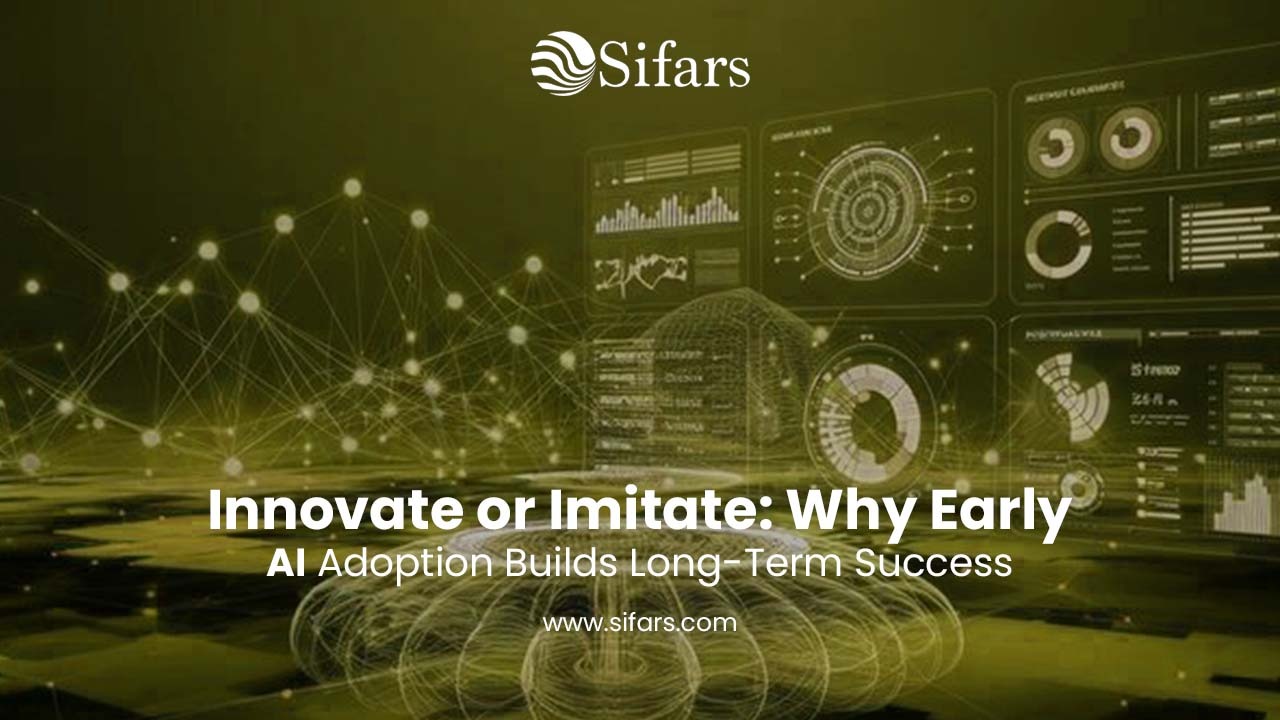Reading Time: 7 minutes
Innovate or Imitate: Why Early AI Adoption Builds Long-Term Success and Competitive Advantage
The question facing every C-suite executive today isn’t if they should adopt Artificial Intelligence, but when and how. In an increasingly digitized world, the choice boils down to two options: innovate and lead the market, or imitate and constantly play catch-up. Early adoption of AI solutions is no longer just a trend; it’s a strategic imperative that directly translates into long-term success and a durable competitive edge. Companies that delay their AI integration risk a significant competitive deficit that grows exponentially as the technology advances. For decision-makers looking to deploy meaningful AI for businesses, understanding the calculus of the early-adopter advantage is the first step toward securing their future.
The Unforgiving Calculus of the AI Lag
Delaying the adoption of new, transformative technology has a clear, measurable cost. When it comes to artificial intelligence services, this cost isn’t just about missing a temporary productivity boost; it’s about forfeiting the chance to build the foundational knowledge and data advantage that latecomers can never fully recoup. This concept is often referred to as the “AI Lag.”
The Exponential Data Feedback Loop
Early AI adoption immediately starts a Data Feedback Loop. Your AI systems begin collecting, processing, and learning from proprietary data faster than your competitors. This proprietary knowledge is the most significant competitive asset. The more data your AI processes, the smarter and more accurate its decisions become, directly leading to better customer outcomes, operational efficiency, and revenue generation. This generates more success, which in turn generates more data, accelerating the loop. Latecomers, even with identical AI solutions, simply don’t have the volume or historical depth of data to train models as effectively, guaranteeing them a perpetual performance ceiling beneath the early adopter.
Measurable ROI: The Early Adopter Premium
The economic benefits of leading the pack are quantifiable and substantial. Research shows that early adopters of generative AI are seeing significant returns on investment. While some companies struggle, those that execute successfully report an average return of 41% ROI on their AI investments. Furthermore, a remarkable 92% of these initial adopters report positive returns. This stark ROI premium for those who invest early underscores the notion that the cost of waiting often exceeds the cost of investing now. Businesses are seeing a $1.41 return for every dollar spent, driven by a combination of cost savings and increased revenue from AI-enabled services.
Competitive Advantage: Beyond Efficiency to Market Leadership
The true power of early AI integration lies in its ability to transform an organization’s market position, shifting the focus from incremental improvements to disruptive market leadership. This is about using AI for businesses to redefine industry norms.
Establishing Innovation Leadership
By implementing advanced AI solutions first, a company instantly gains the reputation of an innovation leader. This market differentiation attracts top talent, draws in key strategic partners, and secures higher customer trust. When customers see a business leveraging artificial intelligence services to deliver a radically superior, faster, or more personalized experience, they are highly likely to switch allegiance. This is less about product parity and more about experience superiority—a domain AI is perfectly suited to master.
Redefining Operational Efficiency
Early adoption allows a business to integrate AI deeply into its core processes, achieving operational efficiencies that are simply not possible through mere human augmentation. Examples of this include:
- Supply Chain: AI-driven predictive analytics anticipating demand fluctuations, enabling a global logistics company to cut inventory costs by 20% and delivery times by 15% (Source: Industry Case Studies).
- Manufacturing: AI monitoring equipment health to predict maintenance needs, leading to a 30% reduction in equipment downtime and significant cost savings.
- Customer Service: Using Generative AI-powered chatbots to handle basic customer inquiries, freeing human agents to focus on complex, high-value problem-solving, dramatically improving overall customer satisfaction.
These gains set a new, higher benchmark for performance that slow-moving competitors find nearly impossible to match, effectively creating a sustainable competitive moat.
Strategic Pillars of Successful Early AI Adoption
Success in AI consulting and implementation is not guaranteed simply by cutting a check. In fact, one study highlighted that up to 95% of enterprise AI initiatives fail. The 5% that succeed are defined by specific, strategic focus areas that turn investment into tangible long-term value.
1. Strategic Alignment and High-Impact Use Cases
The most successful early adopters focus their initial AI solutions on areas with the highest potential impact and clearest strategic alignment. They don’t chase novelty; they solve core business problems. This involves:
- Focusing on Value, Not Volume: Prioritizing use cases that either significantly augment human decision-making or fully automate repetitive, high-volume tasks.
- Quantifying Impact: Implementing clear, measurable KPIs (Key Performance Indicators) for every AI project before deployment. This includes tracking performance improvements, cost reductions, and revenue increases.
- Identifying the Right Problems: Deploying AI for tasks like fraud detection in finance or drug discovery in pharma, where the outcome directly supports a core, high-stakes business value proposition.
2. Building a Culture of AI Literacy and Trust
AI adoption is fundamentally a people-centric challenge, not a technological one. Without employee buy-in, even the best artificial intelligence services will flounder. Successful companies invest heavily in change management and AI literacy:
- Upskilling the Workforce: Providing training programs that empower employees to use AI tools effectively, transforming roles from manual operators to augmented decision-makers.
- Transparent Communication: Addressing fears of job displacement with open communication, clarifying that AI is meant to augment human effort, not replace it entirely.
- Ethical Governance: Establishing clear guidelines and ethical frameworks for how AI models operate. This focus on AI governance builds trust internally and with customers, mitigating legal and reputational risk.
From Automation to Innovation: Real-World Applications
The deployment of AI solutions across the enterprise is about more than simple task replacement; it’s about business automation with AI leading to completely new capabilities. We see a powerful shift from basic process automation to deep, transformative innovation across sectors.
Financial Services: Risk and Personalization
In the highly regulated finance industry, early AI adoption is granting a vital regulatory and customer advantage. Companies like JPMorgan Chase have been pioneers, using advanced machine learning for sophisticated fraud detection. This AI-driven approach significantly reduces false positives, improves transaction security, and speeds up the detection-to-response time—a crucial competitive factor in the banking sector. Furthermore, AI is now the engine of hyper-personalization, using predictive analytics to tailor investment advice, loan offers, and marketing messages to individual customer behavior in real-time.
Healthcare: Diagnostics and Operational Excellence
The competitive edge in healthcare is often measured by diagnostic speed and operational precision. In dental care, for instance, companies like VideaHealth use AI to analyze X-rays with unparalleled consistency and accuracy, often detecting issues missed by the human eye. This improves patient care and standardizes diagnostic workflows across practices, boosting the provider’s reputation. Additionally, AI optimizes administrative processes, from patient scheduling and capacity planning to electronic health record management, ensuring resources are allocated efficiently and reducing human error in critical processes.
Logistics and E-Commerce: Dynamic Optimization
Logistics is a zero-sum game of speed and cost. Early adopters like UPS leverage AI to mitigate risk and optimize delivery routes. UPS Capital’s DeliveryDefense software uses historic data, loss frequency, and location to assign a ‘delivery confidence score’ to addresses. This predictive capability allows them to proactively re-route high-risk packages to secure locations, cutting down on package theft and significantly improving customer trust and satisfaction. This type of dynamic, risk-aware optimization through AI for businesses creates a cost advantage that is difficult to erode.
Navigating the AI Adoption Curve: A Phased Approach
The path to successfully implementing AI solutions requires a structured, phased approach rather than an all-at-once deployment. Early success is built on careful planning and realistic scaling.
Phase 1: Assessment and Pilot Project
The journey starts with a comprehensive AI consulting engagement to map AI potential to your specific business challenges. This phase should prioritize quick wins with high visibility.
- Readiness Assessment: Evaluate current data infrastructure, technical talent, and organizational readiness for change.
- Use Case Selection: Identify 1-2 high-value, well-scoped pilot projects (e.g., automating expense report processing or deploying a first-level customer service bot).
- Proof of Concept (PoC): Deploy the AI solution in a controlled environment. Focus on demonstrating a clear, measurable ROI—for example, a 30% reduction in processing time or a 10% increase in lead qualification accuracy.
Phase 2: Strategic Scaling and Integration
Once the pilot proves successful, the focus shifts to scaling the solution and integrating AI across the core enterprise architecture.
- Infrastructure Scaling: Invest in the necessary cloud compute, data lakehouse, and data governance frameworks to support enterprise-wide AI workloads. Data readiness is the biggest bottleneck for late adopters.
- Workflow Redesign: Don’t just layer AI onto old processes. Use AI as a catalyst for a total workflow redesign, fundamentally changing how tasks are executed. For example, fully automate the recruitment screening process to free up HR personnel for strategic candidate engagement.
- Change Management: Expand the training and AI literacy programs to all relevant departments, focusing on how the new AI tools augment their daily work and enable them to pursue higher-value activities.
The Strategic Cost of Waiting: Why Imitation Fails
The biggest mistake a company can make is waiting for a competitor’s AI solutions to become fully commoditized before attempting to imitate them. The market is moving too fast for a “wait-and-see” approach.
The Widening Knowledge Gap
AI is a capability that is built, not bought. Even when an AI model becomes widely available, the knowledge required to tune it with proprietary data, integrate it into a complex business architecture, and manage its outputs falls to the early adopters first. The later a company starts, the larger the knowledge gap becomes between their internal teams and those of their forward-thinking competitors. Latecomers are forced to pay a premium for AI consulting and talent that is already scarce, while pioneers are self-sufficient.
The Loss of Market Elasticity
AI provides businesses with elasticity—the ability to expand or contract operations in real-time based on workload and demand, something fixed human resource models can’t achieve. For example, a retail early adopter using AI for personalized marketing can dynamically scale its campaigns based on immediate sentiment analysis from social media. A late adopter, relying on slower, manual processes, will miss critical market opportunities and be unable to react swiftly to competitive moves. This loss of agility and responsiveness severely hampers growth potential.
Seizing Your AI Destiny with Sifars
The competitive landscape of the next decade will be defined not by who has the most data, but by who uses artificial intelligence services the most effectively. The choice between innovate or imitate has never been starker. Early AI adoption builds a proprietary data advantage, secures measurable financial returns, establishes market leadership, and ensures an operational agility that is the foundation of long-term success.
At Sifars, we believe that every business challenge has an AI solution waiting to be unlocked. We don’t just provide technology; we offer AI consulting that partners with you to identify high-impact use cases, build the necessary infrastructure, and implement secure, scalable AI solutions that drive measurable business automation with AI. Don’t wait for your competitors to set the pace. Secure your competitive edge today.
Ready to transition from experimentation to execution?
Contact Sifars today to schedule your AI Readiness Assessment and begin building your long-term, AI-powered competitive advantage.
www.sifars.com


